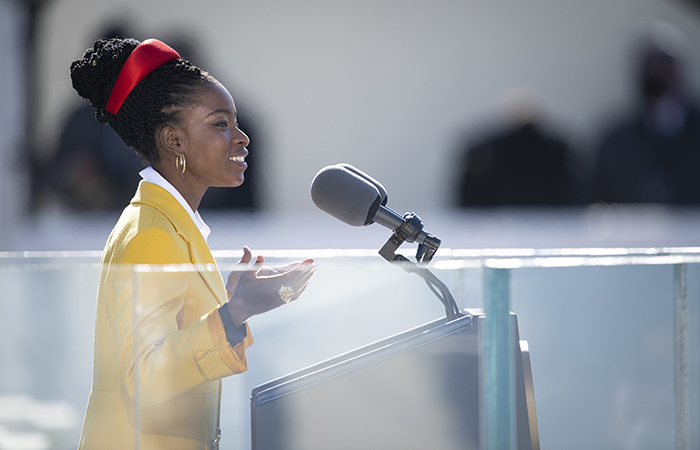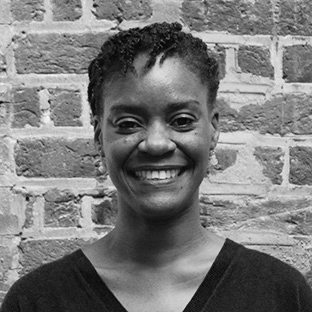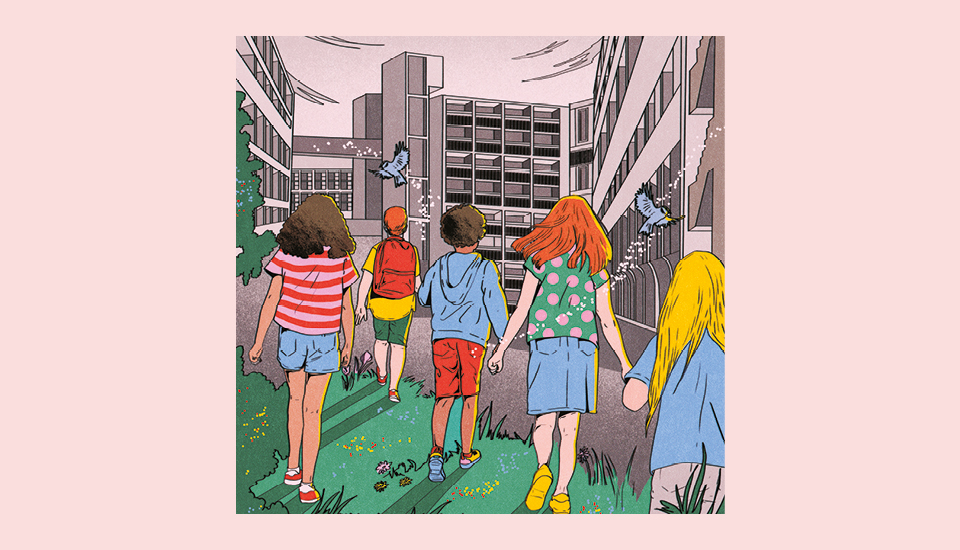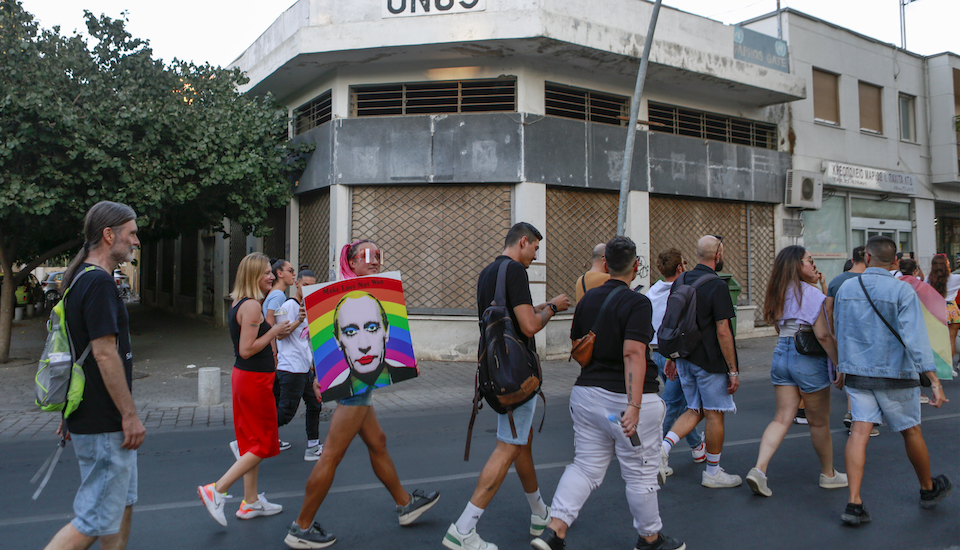In West African cultures, the griot preserves the genealogies and narratives of their people. They are typically poets, musicians and orators sometimes even serving as advisors and diplomats. There is a famous line that goes ‘when a griot dies, a library has burned to the ground.’
Last week during the US President Inauguration, Amanda Gorman, the first National Youth Poet Laureate, eloquently called upon the oral tradition of her ancestors as she delicately bore witness to the present anchored in the legacy of the griots.
In her poem, The Hill We Climb she delivered these words to a country (and even to a world) that paused for moment to acknowledge our collective grief.
That even as we grieved, we grew.
That even as we hurt, we hoped.
That even as we tired, we tried.
 Photo: Chairman of the Joint Chiefs of Staff
Photo: Chairman of the Joint Chiefs of Staff
She also softly sounded a battle cry to fight for the future that is yet to come and gracefully reminded us all yet again that words matter.
The most powerful weapon of all is the craft of storytelling. How it grounds our past, makes sense of our present and most potently defines the pathways to our futures.
During this weird and challenging time, we are collectively grappling with the present reality of coping during a global pandemic and simultaneously trying to figure out how to best prepare for what comes next. However, we are also trying make sense of the world around us.
In A stitch in time, we referenced the constant presence of narrative and storytelling in the evolution of futures as documented by Prof. Schultz’s Five Waves of Futures. Both are omnipresent, from the oral wave hosted by the traditions of shamans to macrohistorians who recorded ‘cycles of repetition’ even up to the modern age populated by writers of science fiction who illuminated the inherent tensions between nature, science and technology. It often feels like we are in the midst of the messy process of interrogating long-held assumptions and revealing deeply rooted (sometimes ugly) myths that bind a society together. This intimate process involves exploring possibilities, discarding outdated assumptions about ourselves, confronting current activities and assessing whether they align with our desired futures.
Think of what assumptions have already been challenged as a result of the pandemic? Some which come to mind include: Do we believe in a school as a factory of learning? Or is it ok that work done by care givers goes unpaid? By using these questions to confront existing assumptions, we are reframing the way we work and live.
These questions also nudge us to decide what narratives we choose to adopt in the future. Are we merely individual units in an economic system motivated by profit or are we humans seeking to harmoniously coexist in an ecosystem? Can our future be rooted in social, racial, economic and environmental justice? And if so, what does it look like?
Beyond reframing, this process also relies on our collective and active participation to co design and believe in new alternative futures rooted in the new narrative.
Indeed, storytelling and the power of narrative is actually the most advanced technology we have. Because it is after all a shared endeavour and therefore transformative in the way stories take root, seed change and build movements. It can also reframe how we think about ourselves, how we reimagine what comes next and will ultimately dictate the futures we hope to create together.
If we merge mercy with might, and might with right, then love becomes our legacy and change, our children’s birthright.
Related articles
-
Young at heart
Journal
Jonathan Prosser
Becoming a nation with children at its centre in 10 courageous steps.
-
Open RSA knowledge standards
Blog
Alessandra Tombazzi Tom Kenyon
After investigating ‘knowledge commons’, we're introducing our open RSA standards and what they mean for our practice, products and processes.
-
Worlds apart
Comment
Frank Gaffikin
We are at an inflexion point as a species with an increasing need for collaborative responses to the global crises we face.



